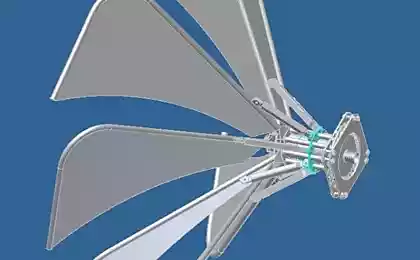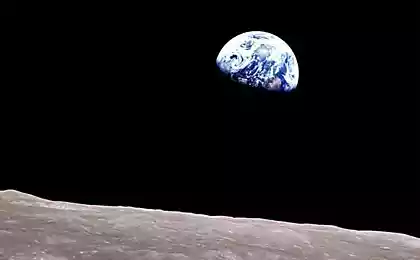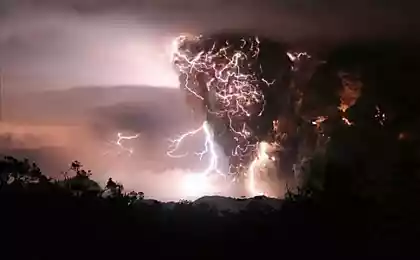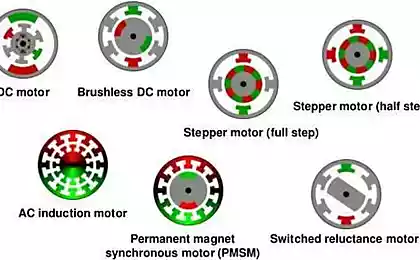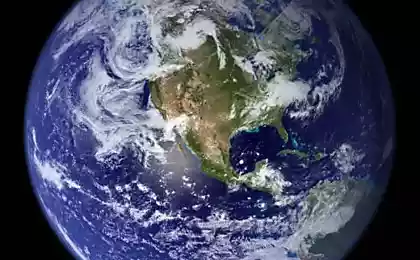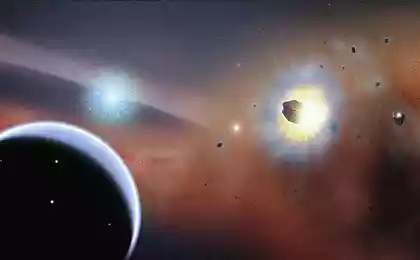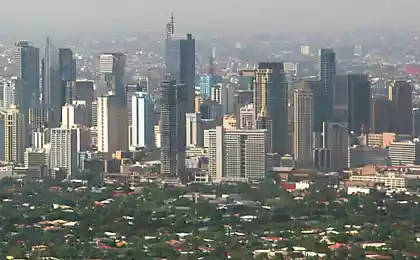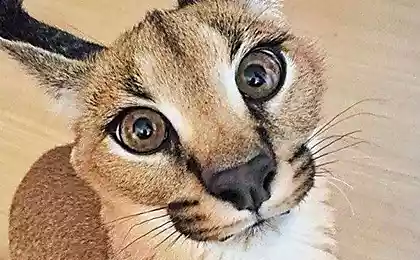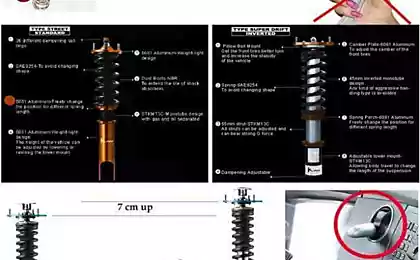704
The inclination of the axis of rotation of the Sun can be explained by the influence of an undiscovered planet of the Solar system
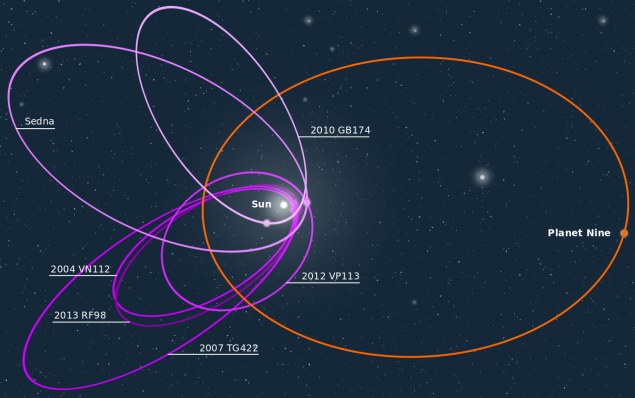
The possible presence in the Solar system ninth planet, scientists discuss for a long time. Despite the fact that just a few months ago about the discovery of another planet, a group of scientists claimed, as a fait accompli, yet its existence has not been proven. Pluto and then the Kuiper belt — it is now considered the edge of the Solar system, then there is only the Oort cloud.
Even if the ninth planet exists, to detect it while using direct observation was too difficult. Most likely, she is very distant from the Sun. But to open the planet, and using mathematical calculations, not direct observation that not once did astronomers of the past and present.
Perhaps mathematics will help you to find the ninth planet. The fact that many objects in the Kuiper belt the actual orbit differs from the design. Some of these objects have argument of perihelion, it is almost zero. Simulation shows that such deviation may be caused by the presence of a large planet with an unusual orbit, which has a significant impact on the movement and position of many objects in the Solar system.
Michael brown and Konstantin Batygin, who discovered the oddity in the behavior of objects in the Kuiper belt, called the mysterious planet "planet 9". According to experts, the mass of this object reaches 10 Earth masses. One revolution around the Sun makes the planet 20,000 years. A team of scientists believes that this object is elongated orbit, and the planet on the one hand approaches the Sun closer than the other.
As mentioned above, direct evidence of the existence of this planet yet. But indirect is becoming more. Another indirect proof of the existence of the Planet 9 — the angle of the axis of rotation of the Sun to the Ecliptic plane.
Our star and planets of the Solar system were formed during a single process. According to conventional theory, the primordial dust cloud start to rotate, leading to compaction of the cloud in the center where the Sun formed. Of the remaining material formed the planets. In theory, rotating gas-dust disk was to facilitate the rotation of the Sun and all the planets must be formed in the same plane of the disk. As a result, the axis of rotation of the Sun would have to be perpendicular to the plane of the orbits of the planets.
But in fact it is not. The axis of rotation of the Sun is not perpendicular to the plane of the orbits of the planets, there is a deviation of six degrees. Scientists are trying to find the answer to the question — why is it the last 50 years. Explanations were many, but none of them discloses all the features of the behavior of objects in the Solar system. Among other hypotheses — asymmetry of the dust disk from which our Solar system was formed, the magnetic interaction between the Sun and the disk, the passage of another star near the Solar system.
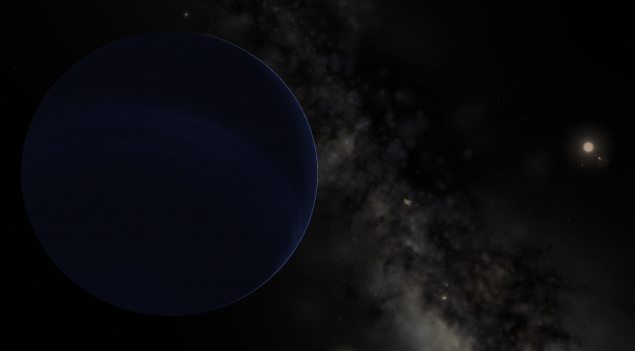
Astronomers already knew that the situation observed in our system is not unique. Thanks to the observation of exoplanets found out that the situation in the Solar system is not the only of its kind. Rather, it is quite normal.
But for what reason? According to the authors of the new work, to explain the discrepancies between theoretical and actual orbit of the Sun and other objects in the Solar system and the influence of the ninth planet and perhaps other planets, if they exist. Elongated orbit of Planet 9 like rocking the whole system. The model with the inclusion of this planet, built by scientists, shows the observed tilt of the axis of rotation of the Sun.
Calculations carried out by specialists indicate the possible existence of two orbital planes to the Planet 9. The first possible plane moderately inclined to the plane of the Ecliptic, passing near the mid-plane of four Kuiper belt objects that behave as they should in the absence of external factors. A second plane is inclined to the Ecliptic at an angle of 48 degrees.
However, the behavior of some objects in the Kuiper belt differs from the calculated and in this case, so the model is not ideal. The authors believe that the ninth planet may be the main but not the only factor that affects the tilt of the axis of rotation of the Sun and other Solar system objects. Unfortunately, this hypothesis is not helping astronomers to understand where you can search for the ninth planet.
It may well be that the planet 9 has been recorded in photographs, some telescopes, and these photographs available for study. But due to the dullness and slow movement of this planet was seen by scientists and its just waiting to be found. Previously, physicists Christoph mordasini and his graduate student Esther Linder of the University of Bern in Switzerland tried to imagine how could look like a planet 9. They had a rough estimate of the radius, temperature, and brightness of the object. Scientists consider it likely that the planet 9 was formed within the Solar system. According to the authors, this planet is a somewhat reduced copy of Uranus and Neptune, and its atmosphere consists of hydrogen from helium. The temperature of the planet is -226 degrees Celsius.
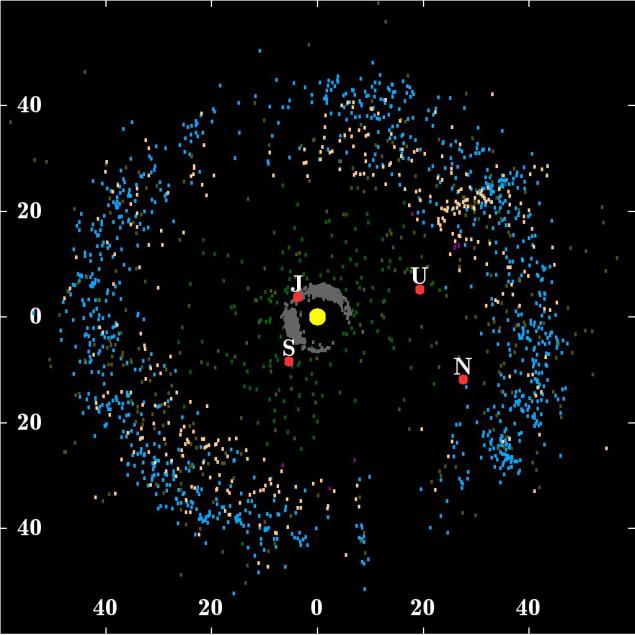
The figure shows the location of known outer Solar system objects (Source: Wikipedia)
In 2014, the Spanish astronomers from the Complutense University of Madrid suggested that beyond the orbit of Pluto may exist two large planets. This assumption was made based on the analysis of the dynamics of TRANS-Neptunian objects such as (90377) Sedna, (148209) 2000 CR105, 2004 VN112, 2007 TG422, 2010 GB174, 2012 VP113, 2013 RF98.
The work of scientists published in the journal Astrophysical Journal Letters.
Source: geektimes.ru/post/281752/
Here are the changes that occur in the body of a man who quit Smoking
How and why was introduced potatoes to Russia
